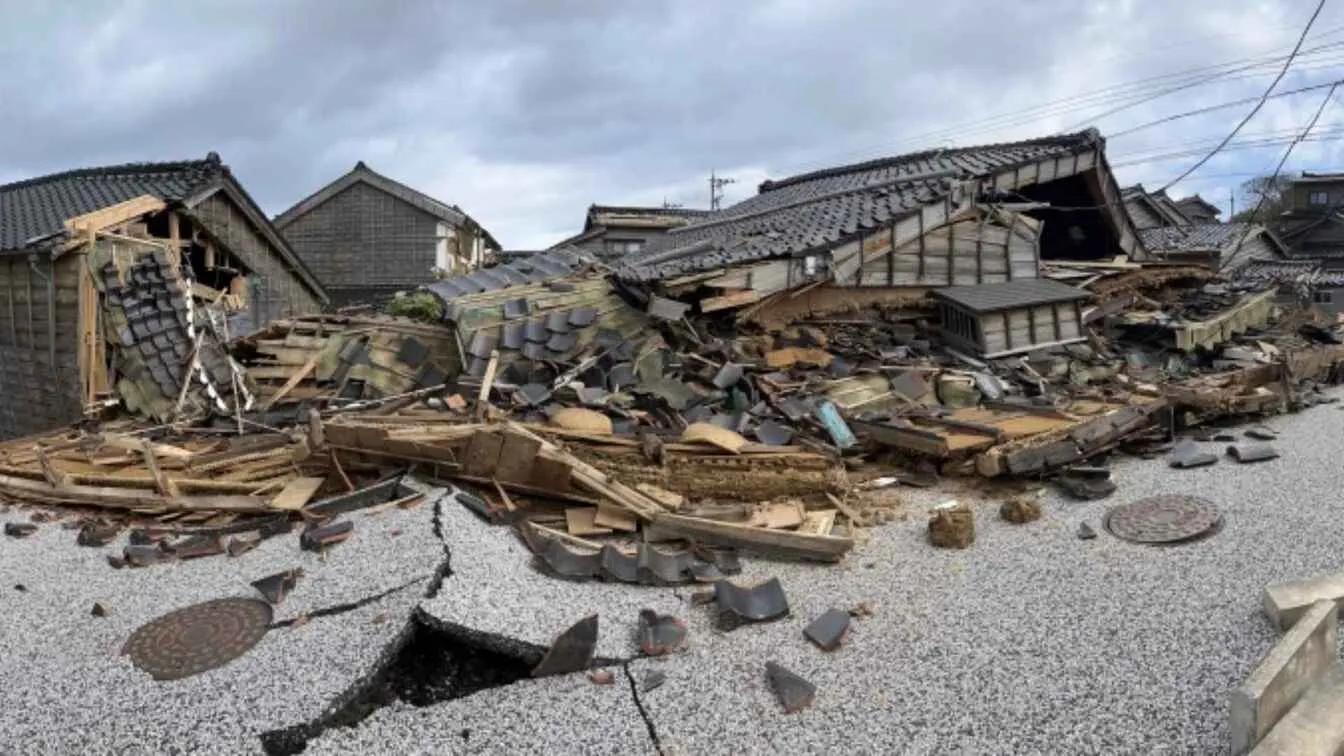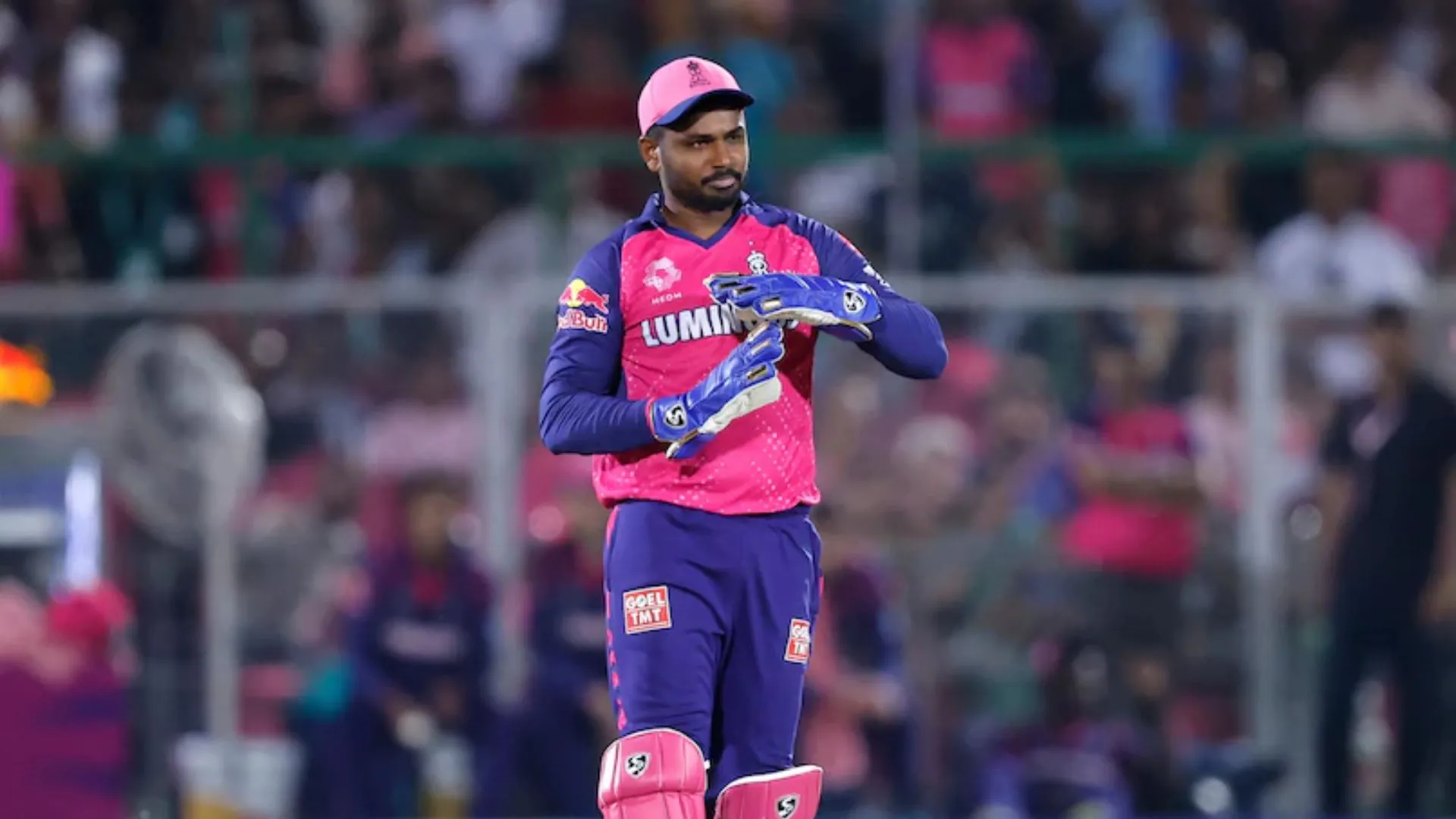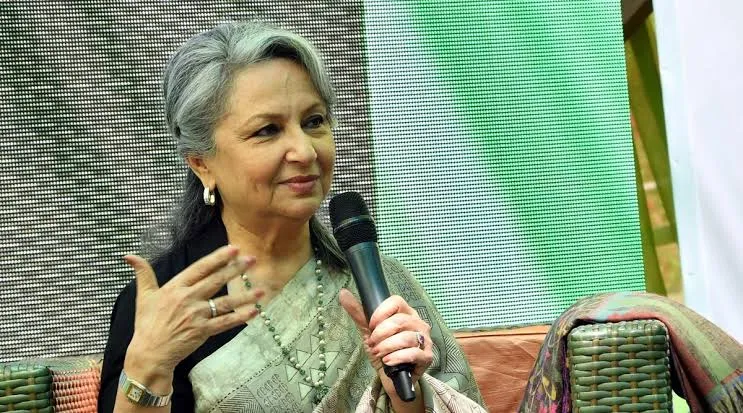In a historic political shift, the Bharatiya Janata Party (BJP) has secured a decisive victory in the 2025 Delhi Assembly elections, ending a 27-year hiatus from power in the national capital. This election marks a significant change in Delhi’s political landscape, with the BJP winning 48 out of 70 seats, while the Aam Aadmi Party (AAP) managed to secure 22 seats.
Election Overview
The elections were held on February 5, 2025, with a voter turnout exceeding 60%. The counting of votes took place on February 8, 2025, culminating in the BJP’s substantial win. This victory is particularly noteworthy as it marks the BJP’s return to power in Delhi after nearly three decades.
The 2025 Delhi Assembly Elections marked a significant shift in the political landscape of India’s capital, with the Bharatiya Janata Party (BJP) securing a majority after nearly three decades.
Vote Share Breakdown
The BJP secured 45.97% of the vote share, emerging as the clear frontrunner. AAP followed closely with 43.66%, while the Congress (INC) secured only 6.39%, and other parties and independents garnered 3.98%.
This tight vote share margin between BJP and AAP highlights how AAP retained a strong voter base but failed to convert votes into seats. The Congress Party’s continued downfall in Delhi was evident, as it failed to cross even 7% of the vote share.
Key Contests and Outcomes
Several high-profile contests defined this election:
-
New Delhi Constituency: In a significant upset, BJP’s Parvesh Verma defeated AAP’s national convener and incumbent Chief Minister, Arvind Kejriwal.
-
Jangpura Constituency: Former Deputy Chief Minister and senior AAP leader, Manish Sisodia, conceded defeat to BJP’s Tarvinder Singh Marwah.
-
Shakur Basti Constituency: BJP’s Karnail Singh emerged victorious over AAP’s Satyendar Jain, a former minister in the Delhi government.
Election Result Analysis
The provided election result graphic presents a clear visual representation of BJP’s dominant performance in the 2025 Delhi elections. The orange-colored constituencies, which make up the majority of the Delhi map, signify BJP’s 48-seat victory, while the blue-colored areas represent the 22 seats won by AAP. Notably, the Congress (INC) failed to secure even a single seat, indicating a continued decline in its political influence in the national capital.
The BJP crossed the majority mark of 36 seats comfortably, ensuring a stable government without coalition dependencies. This electoral shift signals a drastic change in voter sentiment, with BJP reclaiming constituencies previously held by AAP in New Delhi, Jangpura, and Shakur Basti, among others.
BJP’s Resounding Victory After 27 Years
The BJP clinched 48 out of the 70 assembly seats, a significant jump from its 8 seats in 2020, marking a gain of 40 seats, returning to power in Delhi after 27 years. This victory is seen as a major boost for Prime Minister Narendra Modi’s party, especially following a less-than-expected performance in the previous national elections. This landslide victory propelled the party to a clear majority, enabling them to form the government independently.
Factors Contributing to BJP’s Victory
Several elements contributed to the BJP’s success:
-
Strategic Campaigning: The BJP’s campaign focused on development and governance, resonating with a broad spectrum of voters.
-
Targeted Welfare Promises: The party pledged financial support for women, the elderly, and the youth, appealing to diverse demographics.
-
Leadership and Vision: The electorate’s confidence in Prime Minister Narendra Modi’s vision for progress played a pivotal role in the BJP’s triumph.
AAP’s Decline and Leadership Losses
The Aam Aadmi Party (AAP) suffered a major blow, dropping from 62 seats in 2020 to just 22 in 2025, a loss of 40 seats. This marks AAP’s worst electoral performance since its emergence as a dominant force in Delhi politics in 2015. Notably, prominent AAP leaders, including party chief Arvind Kejriwal and his deputy Manish Sisodia, faced significant defeats in their respective constituencies.
Implications for AAP
The AAP, which had governed Delhi since 2015, faced significant setbacks:
-
Leadership Defeats: The loss of key leaders, including Arvind Kejriwal and Manish Sisodia, indicates a substantial shift in voter sentiment.
-
Reduced Representation: Securing only 22 seats, AAP’s presence in the assembly has diminished, limiting its legislative influence.
Congress Party’s Performance
The Indian National Congress continued its decline in Delhi politics, failing to win any seats for the third consecutive assembly election.
Constituency-Wise Breakdown
In the high-profile New Delhi constituency, BJP’s Parvesh Verma emerged victorious over Arvind Kejriwal. In Jangpura, BJP’s Tarvinder Singh Marwah defeated AAP’s Manish Sisodia. These results underscore the BJP’s widespread appeal across various segments of Delhi’s electorate.
The elections witnessed a voter turnout of over 60%, indicating a robust engagement from the citizens of Delhi. This level of participation reflects the electorate’s keen interest in shaping the future governance of the capital.
Voter Turnout Comparison: 2020 vs 2025
The 2025 Delhi Assembly Elections witnessed a higher voter turnout compared to the 2020 elections, indicating a stronger electoral engagement from the citizens of Delhi.
According to the turnout comparison graphic, the overall voter turnout in 2025 was 62.55%, an increase from 60.54% in 2020. The female voter turnout also saw a rise, reaching 62.55% in 2025, compared to 60.92% in 2020. However, the male voter turnout showed a slight decline, dropping from 62.62% in 2020 to 60.21% in 2025.
This shift suggests a greater participation of women voters, which could have played a crucial role in BJP’s victory. The overall increase in voter engagement also indicates a higher political awareness and mobilization, likely influenced by key electoral issues such as governance, law and order, and economic development.
Implications for Delhi’s Governance
With the BJP at the helm, there is an anticipation of policy shifts, especially concerning infrastructure development, pollution control, and public welfare programs. The party’s leadership has emphasized their commitment to transforming Delhi into a world-class city, aligning with Prime Minister Modi’s vision of progress.
The 2025 Delhi Assembly elections have ushered in a new political era, with the BJP reclaiming power after nearly three decades. This outcome reflects a significant transformation in voter preferences and sets the stage for potential policy shifts in the governance of Delhi.


























